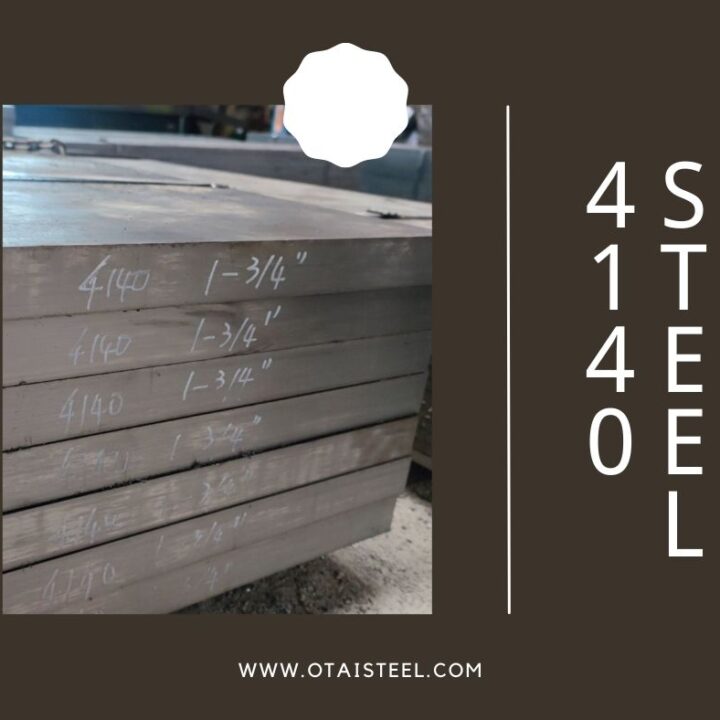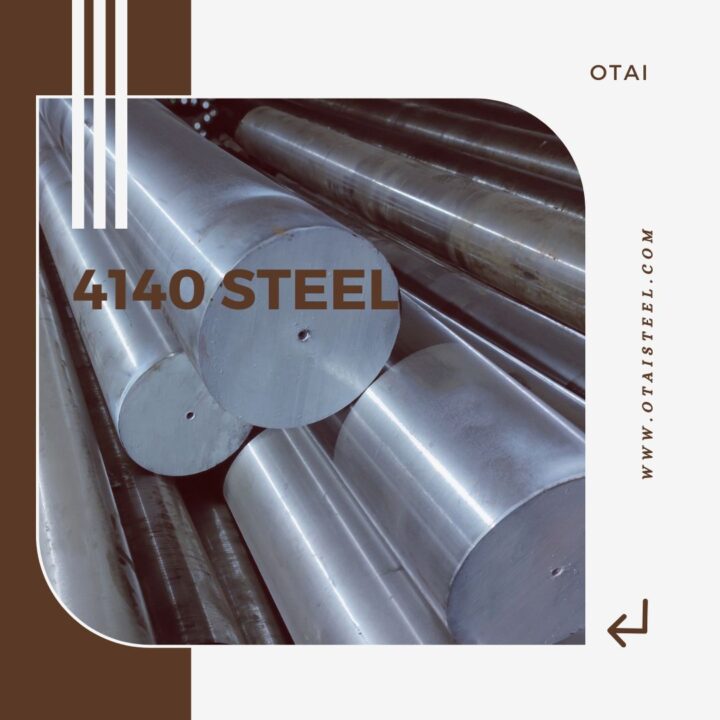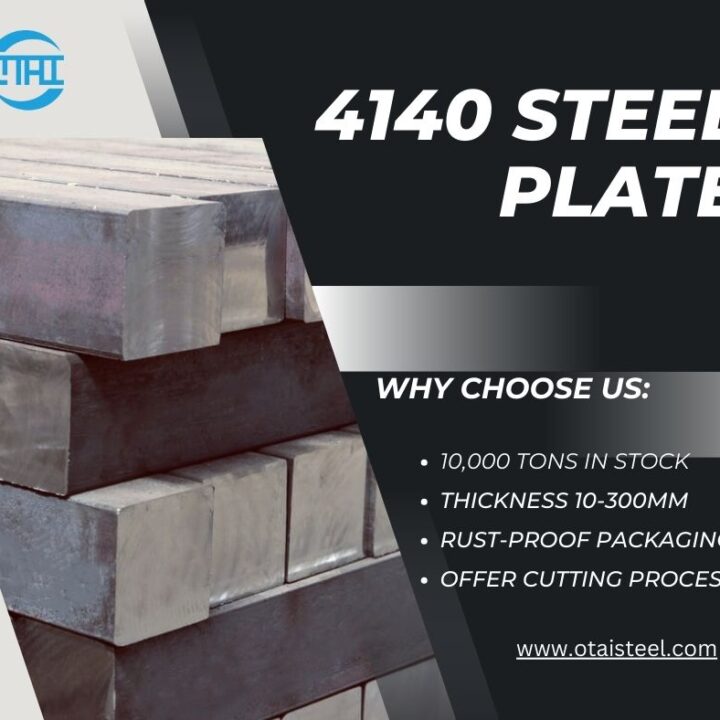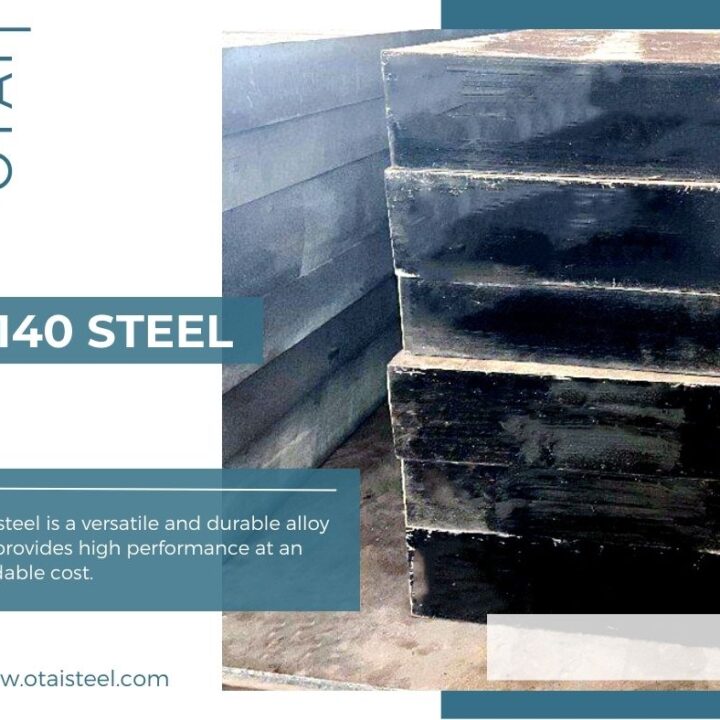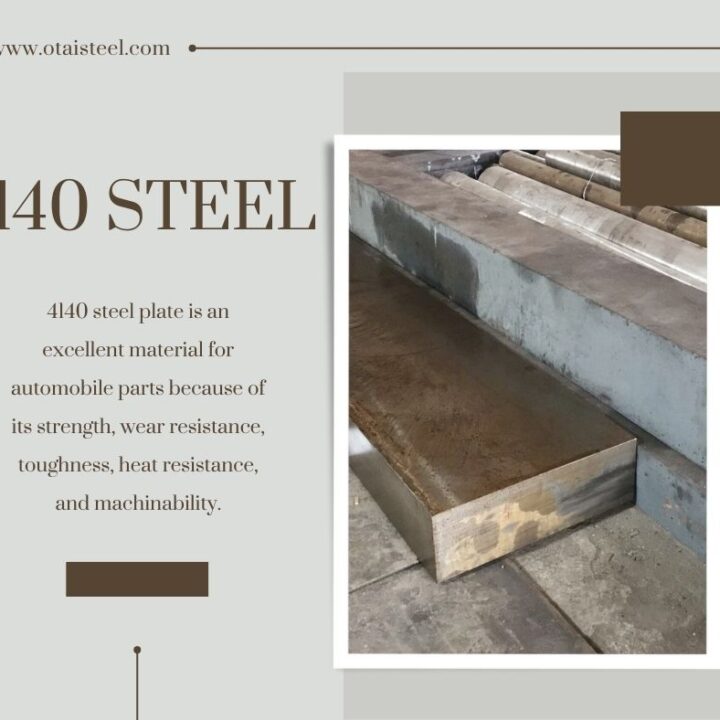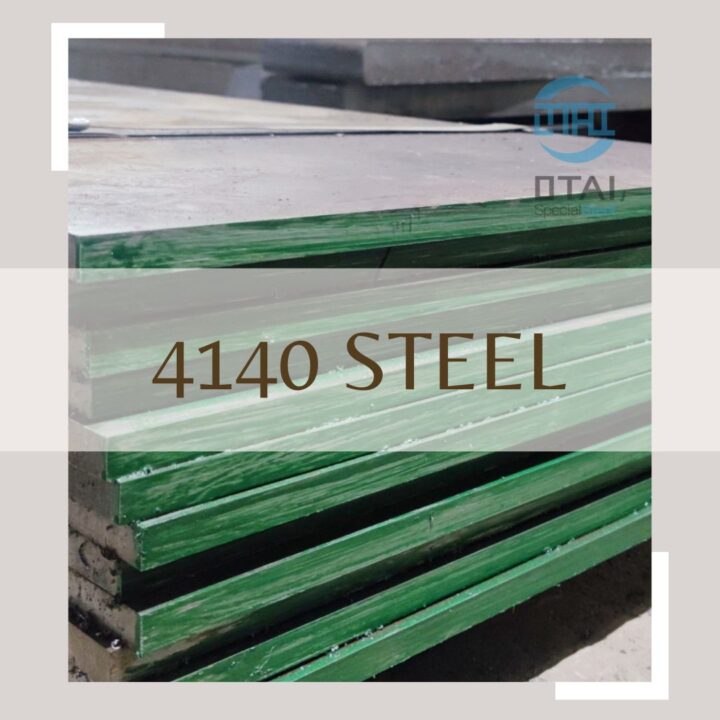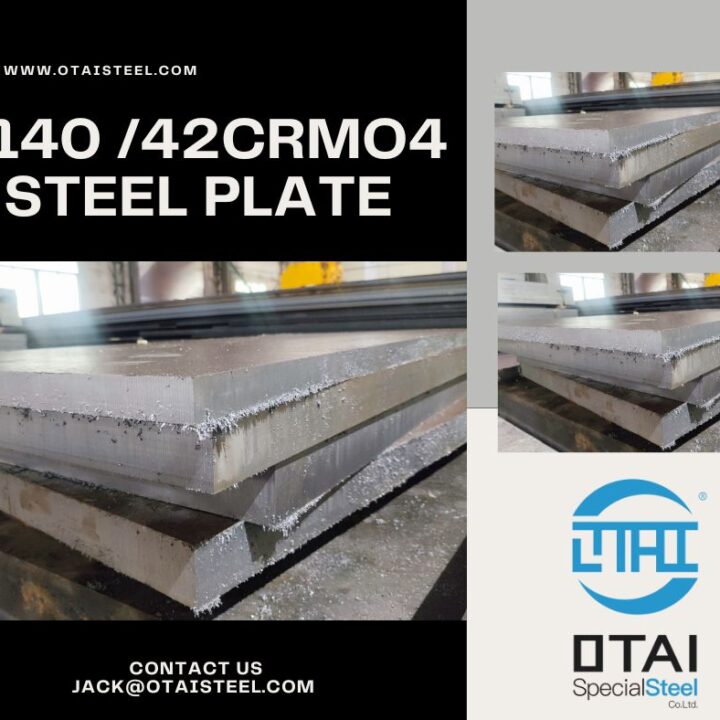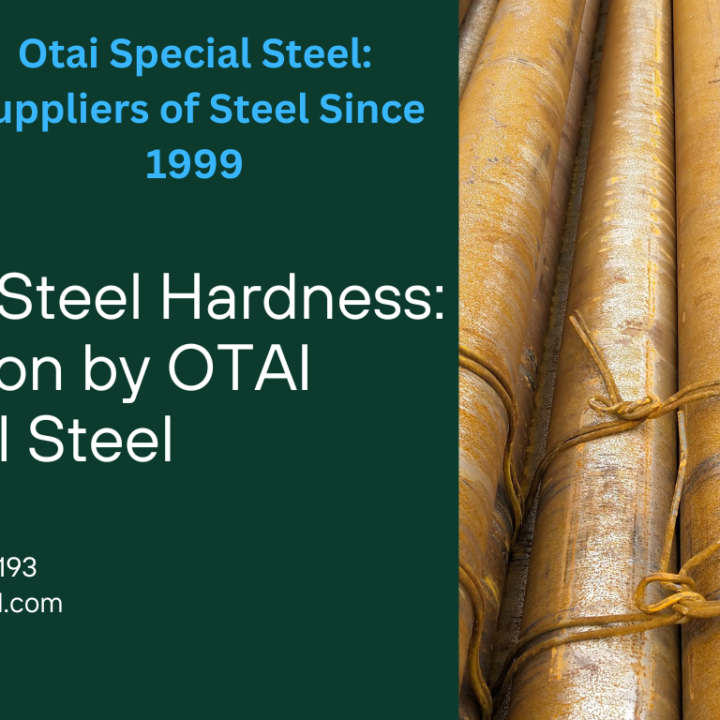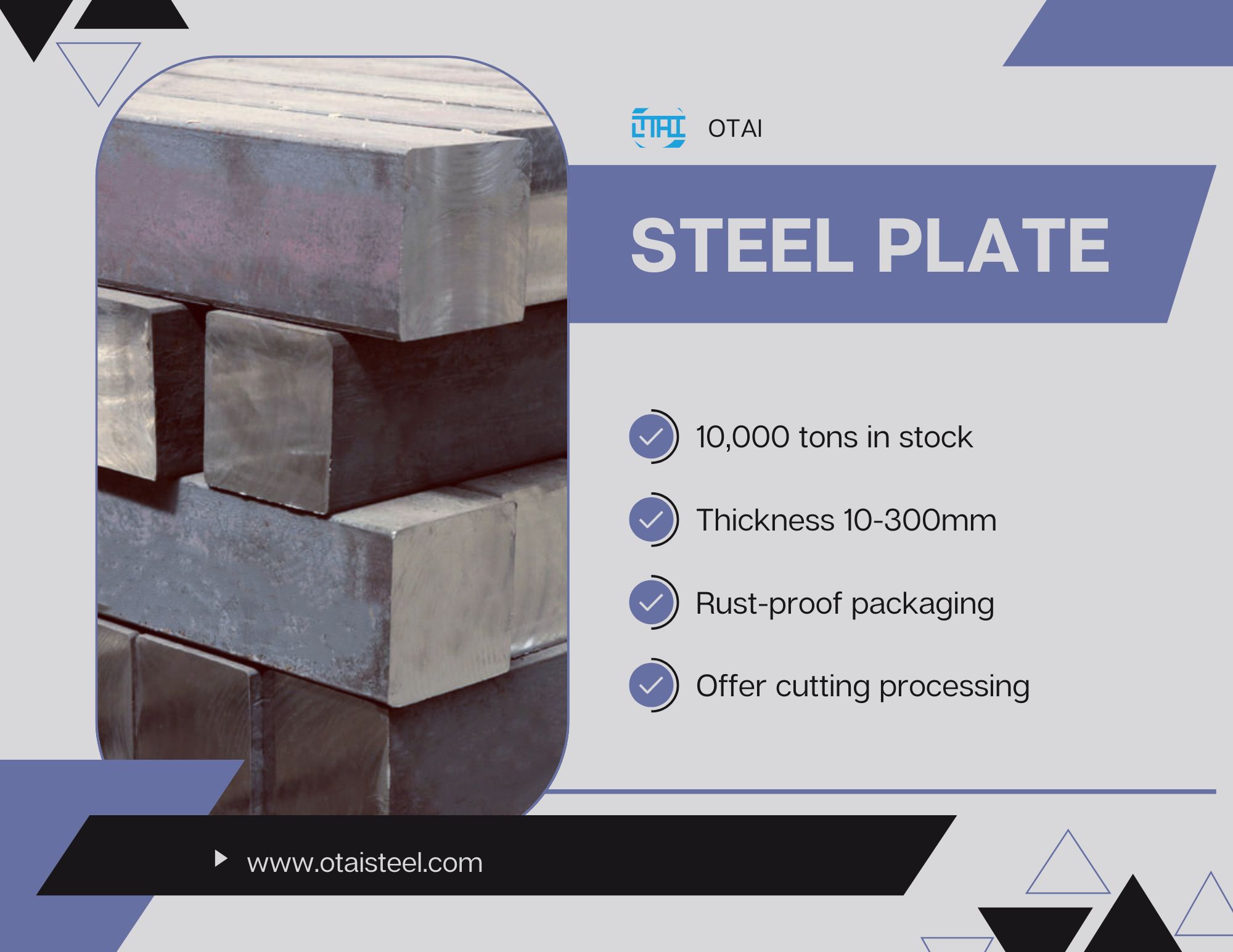 H13 Steel vs A2 Steel: A Comparative Analysis and Guide for Selection
H13 Steel vs A2 Steel: A Comparative Analysis and Guide for Selection
Introduction
In the realm of metalworking, the selection of materials for tool and die making plays a critical role in determining operational success or potential setbacks. H13 and A2 steels stand out as prominent choices in this field, each boasting distinct characteristics and applications. This article aims to comprehensively compare H13 and A2 steels, offering insights into their properties, applications, and optimal selection criteria tailored to specific needs.
Properties of H13 Steel
H13 steel, classified as a hot work tool steel, is engineered to excel in environments characterized by high temperatures and substantial mechanical loads. Its composition includes chromium, molybdenum, and vanadium, enhancing its resistance to heat and bolstering its strength.
Physically, H13 exhibits exceptional toughness and high compressive strength. Making it particularly suitable for large-scale dies and molds requiring robust durability.
Effective heat treatment is pivotal in maximizing H13’s performance potential, enabling it to achieve a harmonious balance of hardness and toughness.
Common applications of H13 steel span forging dies, extrusion dies, and other scenarios demanding elevated temperature endurance and superior wear resistance.
Properties of A2 Steel
A2 steel falls within the category of cold work tool steels, distinguished by its elevated chromium content which contributes to exceptional hardness and wear resistance.
Known for its high hardness, A2 steel is adept at withstanding wear, though it tends to exhibit lower toughness compared to H13. Rendering it more suitable for applications involving moderate impact loads.
Precise heat treatment is essential for A2 steel, ensuring it maintains optimal hardness levels without compromising brittleness.
A2 steel finds widespread use in the production of precision tools like cutting dies, stamping dies, and thread rolling dies.
Performance Comparison
- In terms of tensile strength, H13 generally surpasses A2 due to its alloy composition, which enhances toughness and endurance.
- While both steels demonstrate commendable wear resistance. A2’s higher chromium content affords it an edge in applications where extreme wear is a primary concern.
- H13’s alloy additives also confer a degree of corrosion resistance, which can be advantageous in specific operational environments.
- Considering cost-effectiveness, A2 often presents a more economical choice upfront, though its lower toughness may necessitate more frequent replacement compared to H13.
Analysis of Application Fields
H13 steel shines in the fabrication of large, heavy-duty dies and molds, where its robustness and endurance under high stress conditions are pivotal.
Conversely, A2 steel excels in crafting precision tools geared towards applications demanding high wear resistance and exacting dimensional accuracy.
Selection Guidelines
Factors influencing the choice between H13 and A2 include specific application requirements, anticipated service lifespan, and budget considerations.
Balancing long-term performance benefits against initial costs is crucial in making an informed decision between these two steel types.
Conclusion
In summary, H13 Steel vs A2 Steel present distinctive advantages and considerations within the realm of tool and die making. Understanding their properties, applications, and performance characteristics is essential for selecting the optimal material tailored to individual project demands. By weighing these factors comprehensively, stakeholders can make informed choices that enhance operational efficiency and longevity in metalworking applications.
